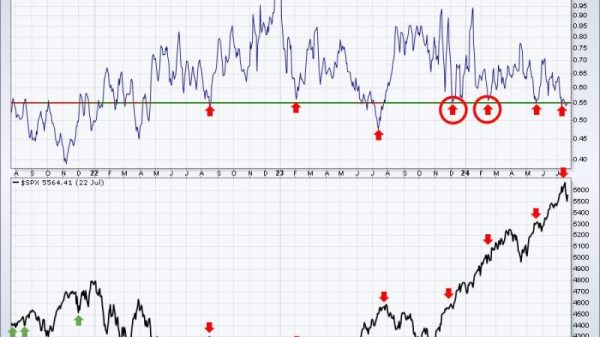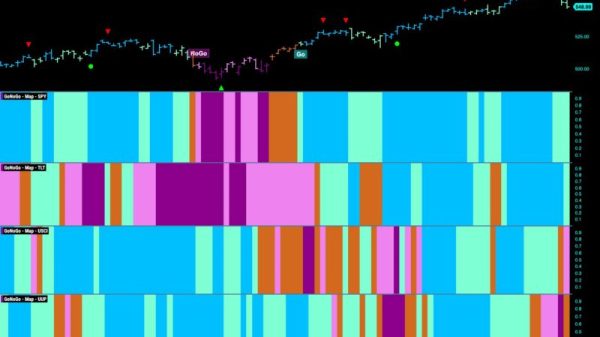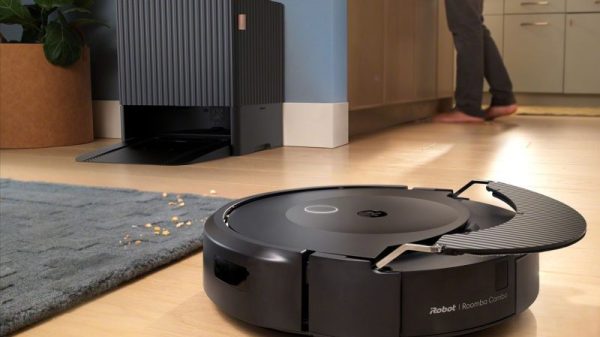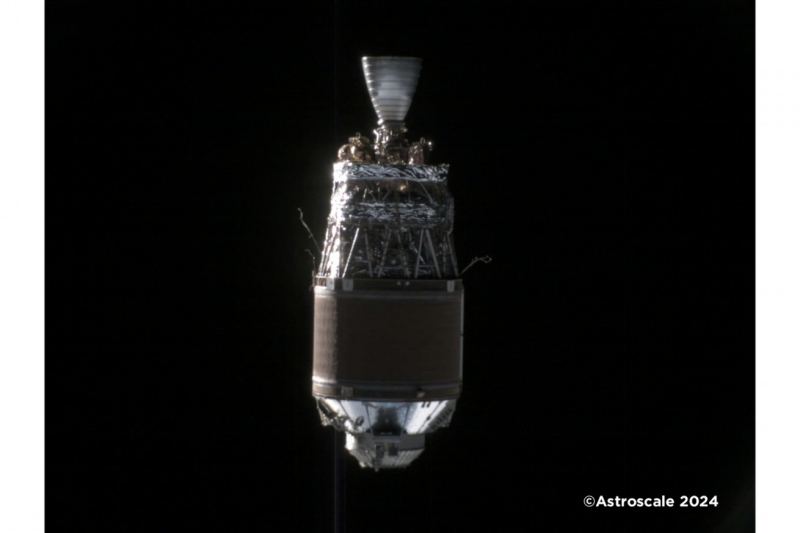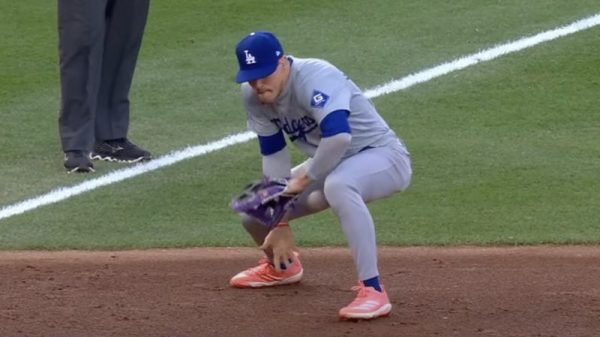Getting Up Close and Personal with Space Junk
Space junk, also known as orbital debris, has become a growing concern as our reliance on satellites and space technology increases. The clutter of defunct satellites, spent rocket stages, and other debris poses a significant threat to active spacecraft and astronauts in orbit. Efforts to track, monitor, and mitigate this space junk have intensified in recent years, but the problem persists.
To better understand the scale and complexity of the issue, space agencies and researchers are leveraging cutting-edge technology to study space junk up close. One such method involves deploying specialized satellites equipped with sensors and imaging tools to capture detailed data on the debris field surrounding our planet.
These advanced satellites work in tandem with ground-based radars and telescopes to monitor the movement and trajectory of thousands of objects in orbit. By analyzing the size, shape, and composition of space junk, scientists can assess the risks it poses and develop strategies to avoid collisions with operational spacecraft.
In addition to remote sensing techniques, researchers have begun launching missions to physically interact with space debris. One notable initiative is the RemoveDEBRIS satellite, a project led by a consortium of European space agencies and industry partners. Equipped with a net, harpoon, and vision-based navigation system, RemoveDEBRIS is designed to capture and remove simulated space junk to test debris removal technologies.
These hands-on missions provide invaluable insights into the behavior of space junk and the efficacy of debris removal strategies. By conducting controlled experiments in orbit, scientists can refine their understanding of debris dynamics and test innovative solutions for cleaning up the space environment.
Moreover, the study of space junk offers a unique opportunity to investigate the historical footprint of human activities in space. From defunct satellites launched during the early days of the space race to fragments of rocket stages left in orbit, each piece of debris tells a story about our exploration of the cosmos.
As we venture further into space and expand our presence in orbit, addressing the challenge of space junk will be crucial to ensuring the sustainability of space activities. By harnessing the power of technology and scientific inquiry, we can gain a deeper appreciation for the intricate dance of objects in Earth’s orbit and pave the way for a cleaner and safer space environment for future generations.






